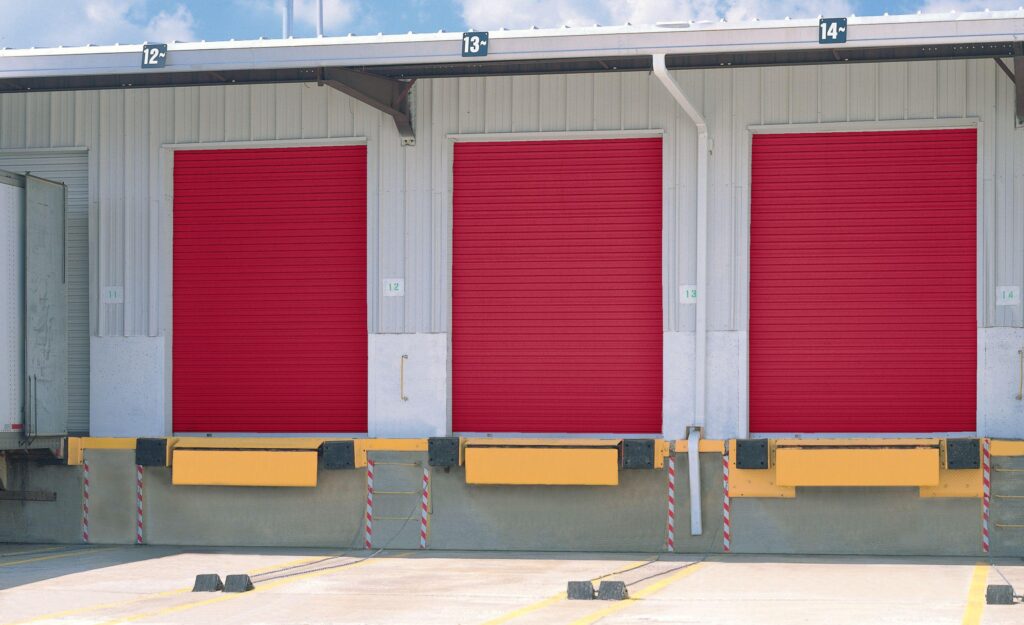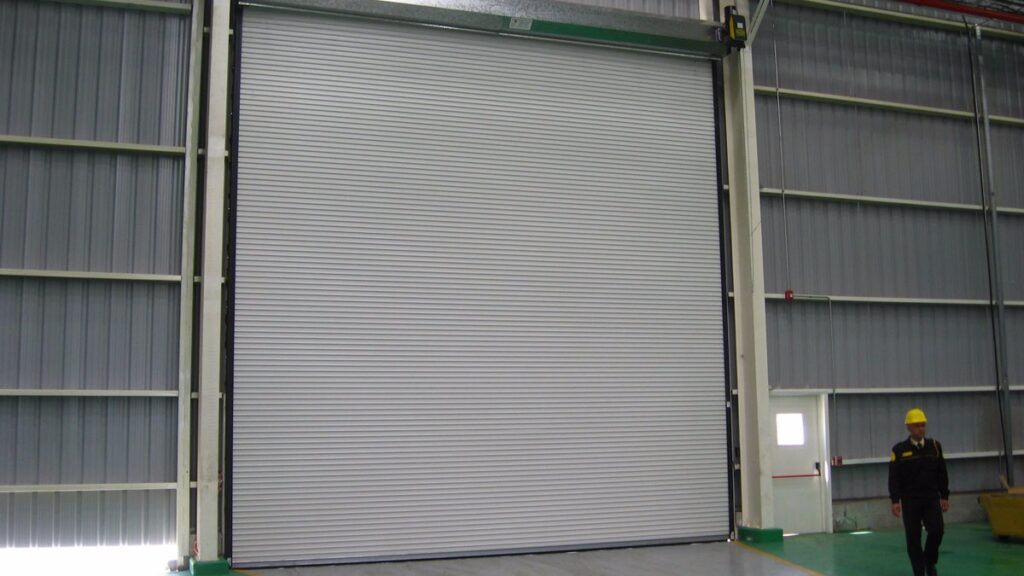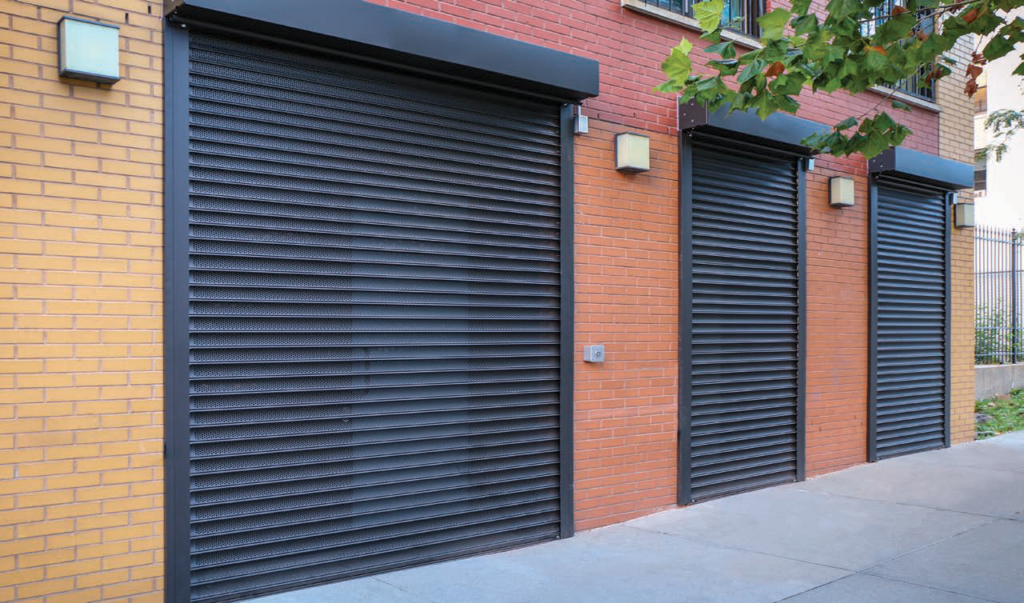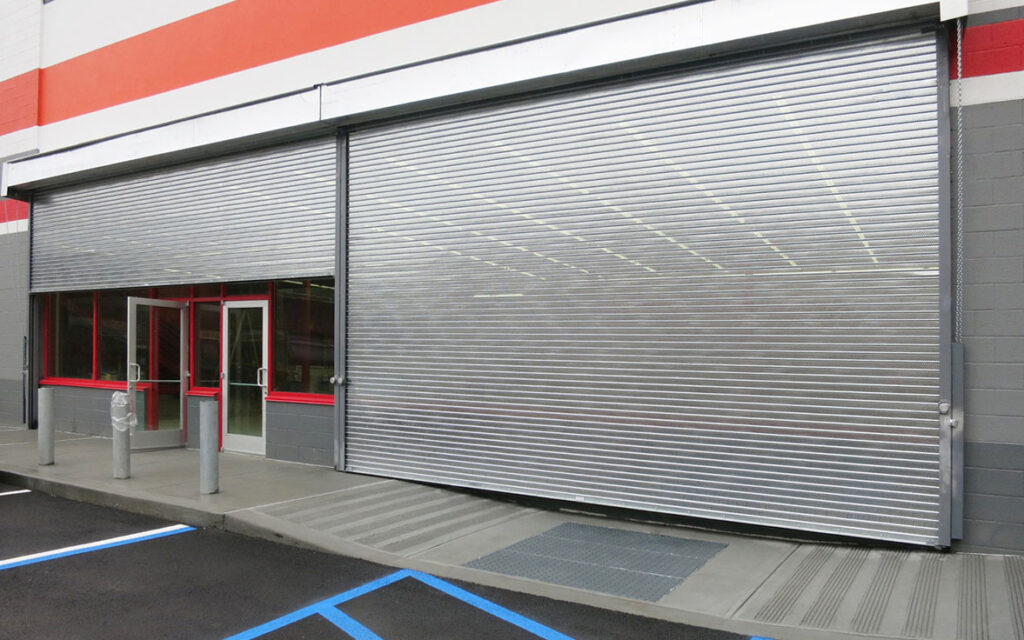



Rolling Doors features
Rolling doors are a type of door that can roll up or down on a drum or shaft, usually to provide access to a garage, warehouse, or other enclosed area. Rolling doors can have different features, depending on their design, material, and purpose. Here are some possible features of rolling doors:
They can be made of different materials, such as galvanized steel, stainless steel, aluminum, or wood. Different materials can offer different levels of durability, security, corrosion resistance, and aesthetics.
For example, galvanized steel rolling doors are strong and economical, while stainless steel rolling doors are resistant to rust and stains.
Aluminum rolling doors are lightweight and easy to operate, while wood rolling doors can add a natural and warm look to the property.12
They can have different slat profiles, such as flat, curved, insulated, or perforated. Different slat profiles can affect the strength, thermal performance, sound insulation, and ventilation of the rolling door.
For example, flat slats are suitable for heavy-duty applications and high-wind areas, while curved slats are more flexible and compact. Insulated slats can provide additional protection against heat loss or gain, while perforated slats can allow air and light to pass through.12
They can be manual or automatic, meaning they can be operated by hand or by a motorized device.
Manual rolling doors require a chain hoist or a crank handle to open or close them, while automatic rolling doors can be controlled by a remote control, keypad, or smartphone app.
Automatic rolling doors may also have sensors, cameras, or alarms for safety and security.13
They can have different options and accessories, such as powder-coat finishes, vision panels, wind locks, bottom bars, weather seals, and fire ratings.
Different options and accessories can enhance the appearance, functionality, and performance of the rolling door. For example, powder-coat finishes can add color and durability to the rolling door, while vision panels can provide visibility and natural light.
Wind locks can prevent the rolling door from being blown out of its guides in high-wind areas, while bottom bars can protect the bottom edge of the door from damage. Weather seals can prevent air infiltration and water leakage around the door perimeter, while fire ratings can indicate the fire resistance of the door.1
